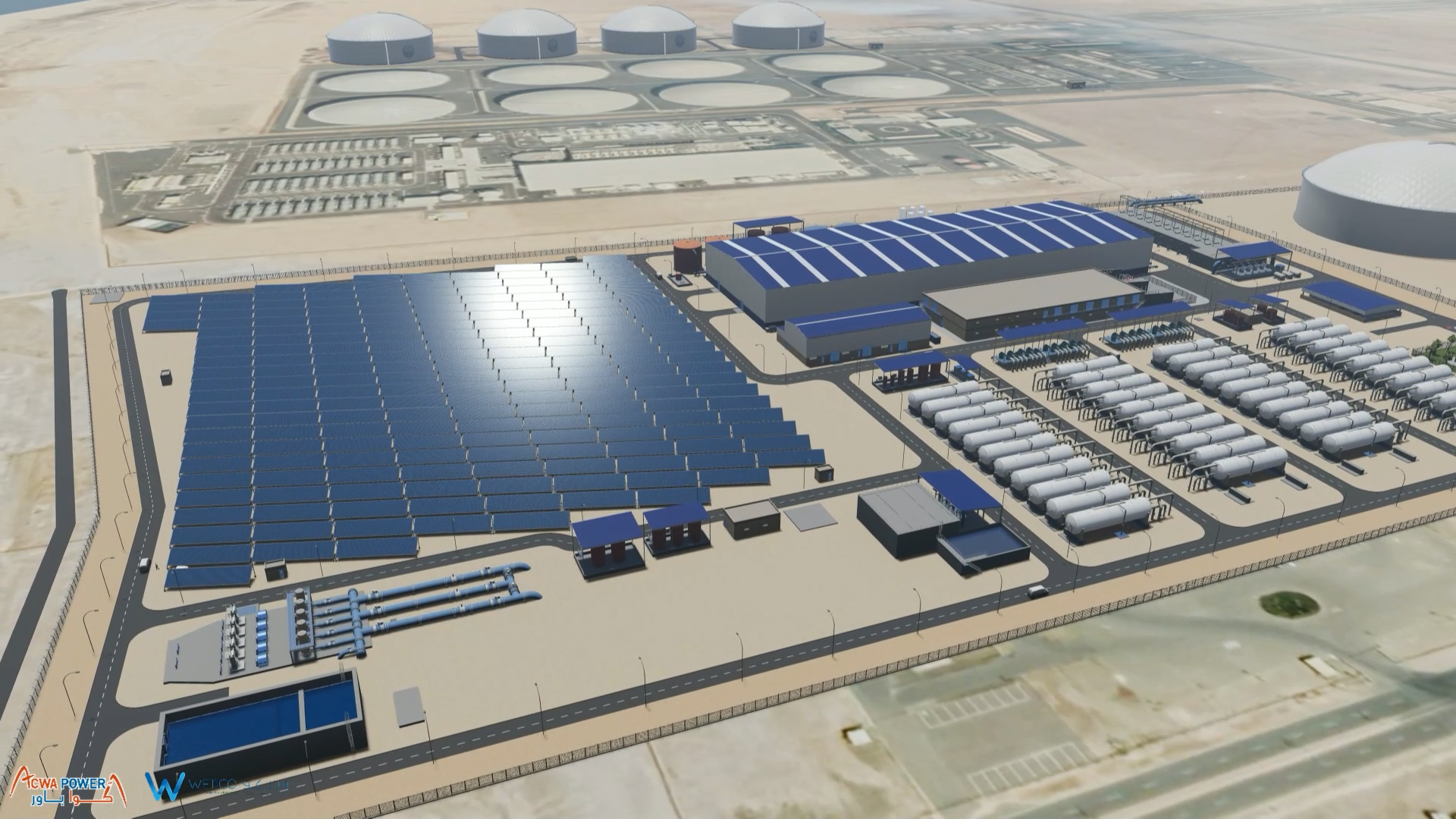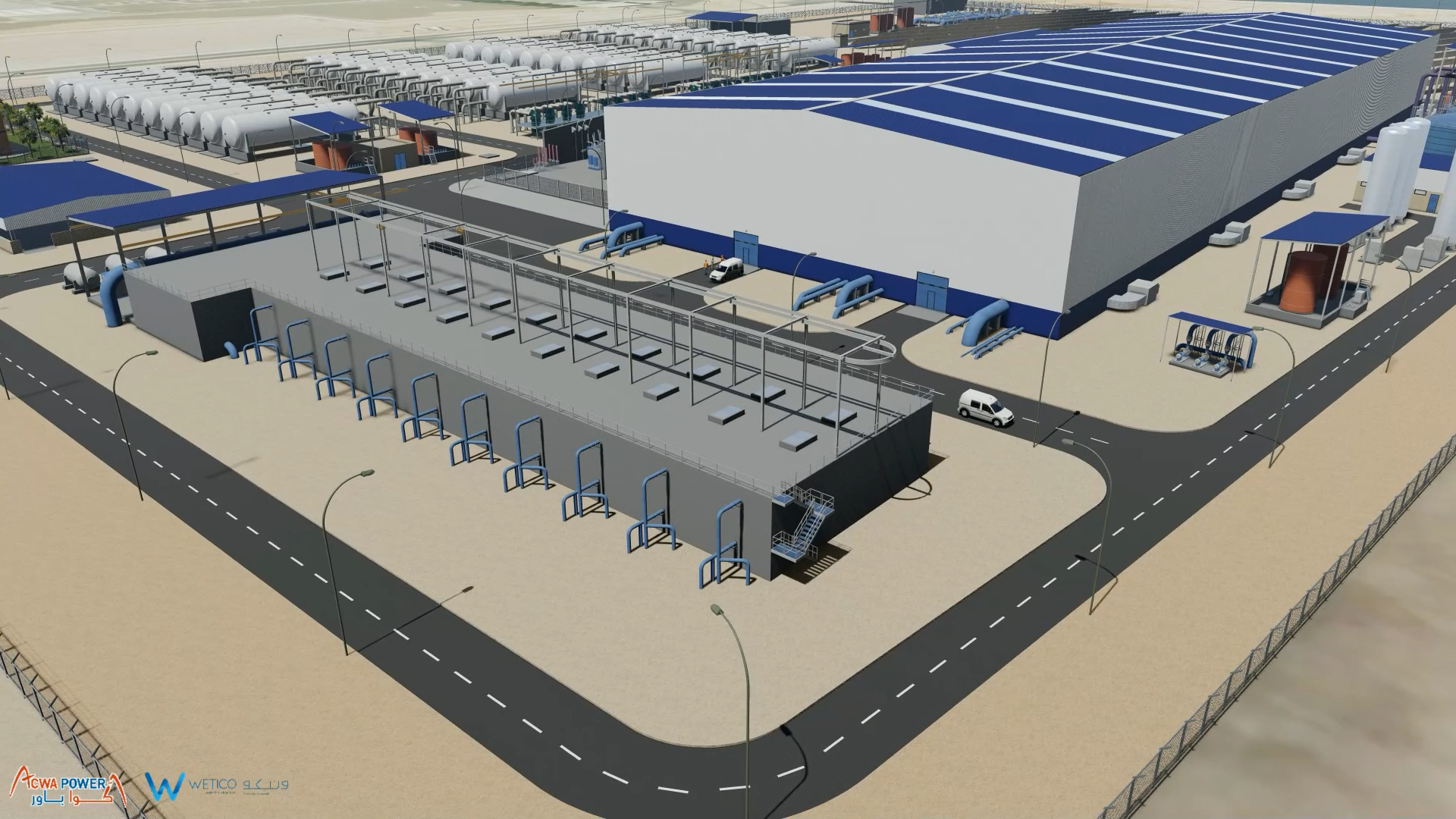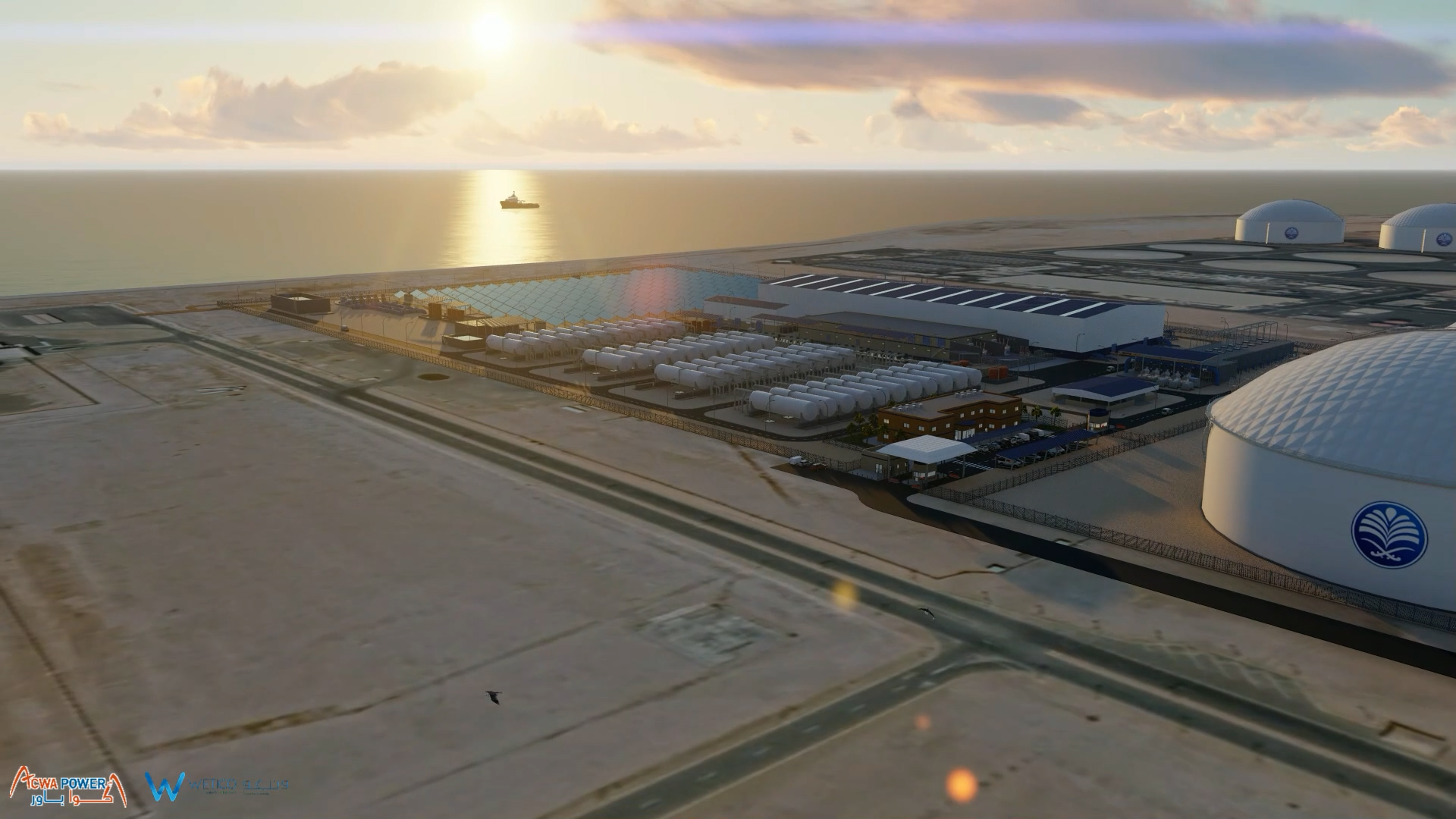Key Dates
26 Nov -Judging
28 Nov -Winners Announced
-
categories
-
Architecture
-
Interior Design
-
Space Plus
Space Design
-
Product Design
-
Communication Design
-
Advertising & Marketing
-
Service & System Design
Experience Design
-
Digital Innovation
-
Web & App Design
-
Better Future
Transformative Design
-
- quick start guide
- nominate
- home
Saudi Arabia Rabigh IV Independent Water Plant
RAWABI Water Desalination Company / SEPCOIII Electric Power Construction Co.,Ltd. | Architecture - Proposed







Image Credit :
Project Commissioner
RAWABI Water Desalination Company
Project Creator
SEPCOIII Electric Power Construction Co.,Ltd.
Project Overview
Located along the Red Sea coast, this mega-scale seawater reverse osmosis (SWRO) plant delivers 600,000 cubic meters of fresh water daily. Its innovative “Pressure Vessel-Integrated Blind Flange Water Diversion” technology, combined with advanced digital operations, has dramatically cut energy consumption, transforming conventional high-energy desalination into an ultra-energy-efficient facility and setting a new industry benchmark for sustainable development.
Team
Quntao Feng, Dianchen Zhou, Qing Fu, Wenshuai Duan, Weidong Gong, Shoulian Liu, Shoumin Li, Min Luo, Yali Song, Zhiwei Li, Xiufeng Cao, Qiang Ma
Project Brief
Faced with the growing water demand in the Makkah and Madinah regions—and the broader industry challenge of energy-intensive, high-emission desalination—this project marks a transformative leap in its technology and operation model. Anchored by the “Design for Quality” principle, the project brings together world-class high-efficiency reverse osmosis systems, a fully integrated digital operations platform, and a rigorous quality management framework applied across the entire project lifecycle. The result is not only a secure and reliable water supply but also the lowest specific energy consumption ever recorded globally for a plant of this scale, delivering a high-performance, dependable solution for water-scarce regions.
Project Innovation/Need
- Energy Architecture Reimagined:
The plant has implemented a managed pressure center approach that combines centralized pressure control with optimized hydraulic modeling. By replacing conventional arrays of decentralized pumps with fewer, larger, and more efficient units, the facility has reduced its average specific energy consumption to approximately 2.773 kWh/m³ of water produced.
- Core Technological Breakthrough:
The introduction of “Pressure Vessel-Integrated Blind Flange Water Diversion” technology within the reverse osmosis membrane stacks optimizes internal flow distribution, ensuring uniform water pathways and minimized pressure loss. As a result, energy use is lowered and the physical stress on membrane elements is minimized, helping extend their operational lifespan and improve long-term reliability.
- Intelligent Operations:
A dense sensor network works in tandem with a centralized data platform to enable predictive maintenance for membranes and critical components, transforming reactive repairs into proactive interventions. An intuitive data interface translates complex operational conditions into clear visual insights, empowering the team to make faster decisions, optimize strategies, and manage the sophisticated infrastructure effectively.
- Efficient Quality Management System:
During construction, a “First Time Right” approach was implemented throughout the project, with each process verified, refined, and precisely executed prior to full-scale implementation. Early-stage mock-up sections were built first to validate installation as per standards and techniques, minimizing rework and guaranteeing consistently high construction quality across the entire facility.
Design Challenge
A major engineering challenge was ensuring the long-term integrity of the plant’s mega-scale piping systems in the Red Sea’s highly saline and corrosive marine environment. To address this, the project selected super duplex stainless steel for piping and robustly engineered seawater intake heads. These components were further reinforced with durable surface treatments, including abrasive blasting and high-performance anti-corrosion coatings, greatly enhancing the corrosion resistance of the entire piping systems under extreme coastal conditions. In addition, cable trays were made from glass fiber reinforced plastics (GRP), eliminating the risk of rust and significantly improving the durability and reliability of the infrastructure.
Sustainability
Through technological and operational innovations, the project has achieved substantial energy savings—further enhanced by its integration with the national grid and on-site photovoltaic power generation for lower carbon footprint.
In material selection and construction, precise engineering calculations guided the thinning and structural optimization of the DMPF filler, greatly reducing material use and production energy consumption while maintaining optimal equipment performance.
During operation, real-time data enables dynamic adjustments to process parameters and chemical dosing, effectively minimizing membrane cleaning frequency and chemical emissions. This not only lowers operational costs but also mitigates potential impacts on the surrounding marine environment.
Beyond strengthening regional water resilience by consistently supplying drinking water to Makkah and Madinah regions , the project’s efficient execution and operational model provide a replicable blueprint for desalination infrastructure in arid, water-scarce regions worldwide.
Architecture - Proposed
This award celebrates the design process and product of planning, designing and constructing form, space and ambience that reflect functional, technical, social, and aesthetic considerations. Consideration given for material selection, technology, light and shadow. The project can be a concept, tender or personal project, i.e. proposed space.
More Details

